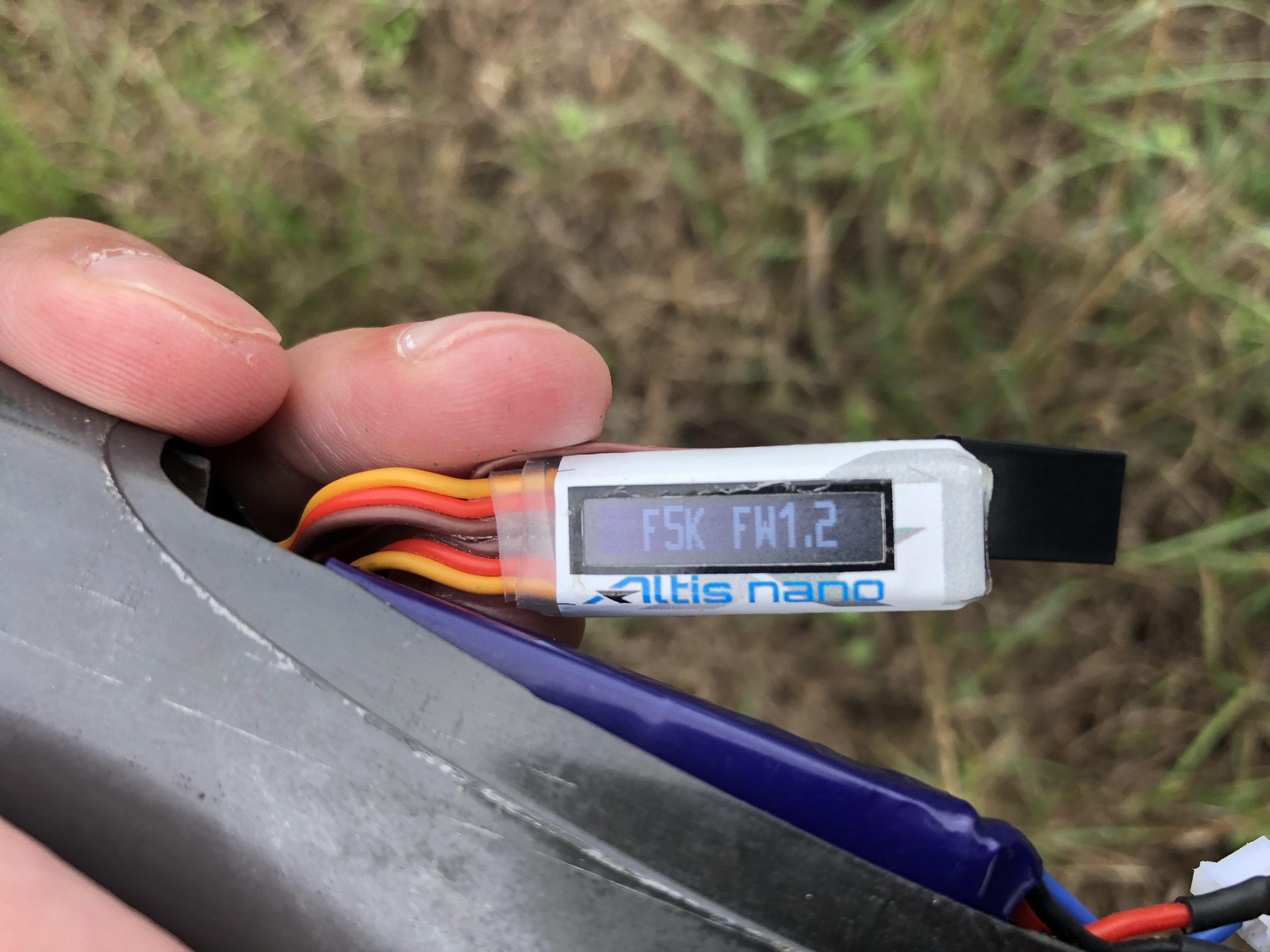F5K – Field, Launch and Landing specification
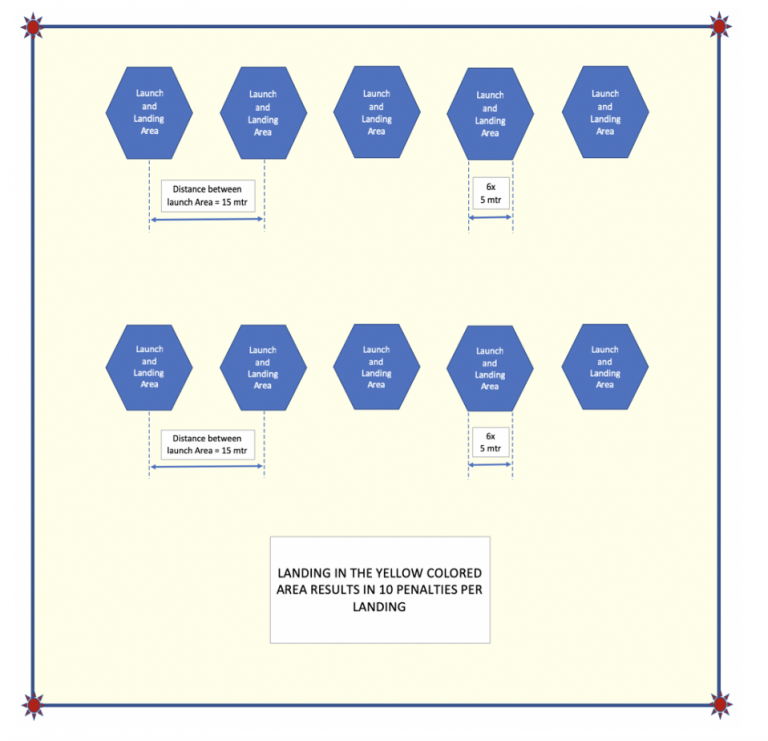
The CD will announce the direction of launch. All pilots must launch- and land in that direction. If the pilot hits a person other than their self or their timer, the pilot will score zero for the task.
Launch and Landing area:
- The Launch- and Landing area’s are defined using a 30 meter tape pinned around the center making a hexagon with an outer enclosing circle with a diameter of 10 meters, called the individual “Pilot’s Area”.
- The distance between two Pilot Areas is 15 meter from center to center.
- The width of the flying field (perpendicular to the wind direction) must be 15 meters times the number of pilot areas, and the length of the flying field (in the wind direction) will be 30 meters minimum.
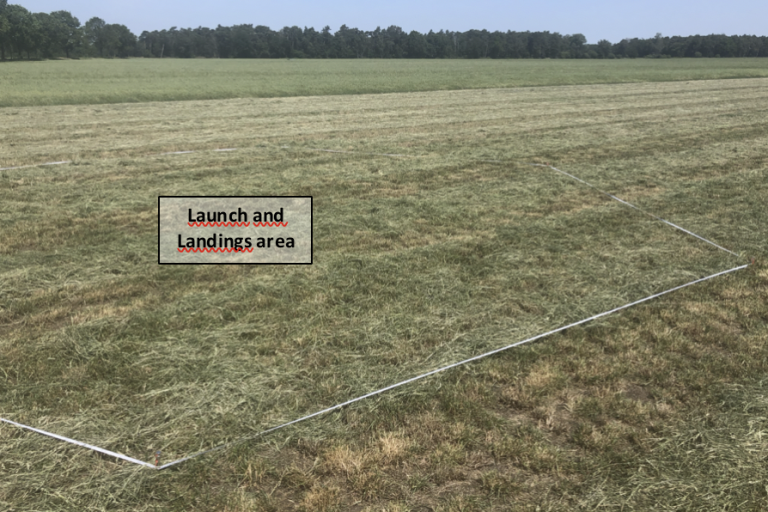
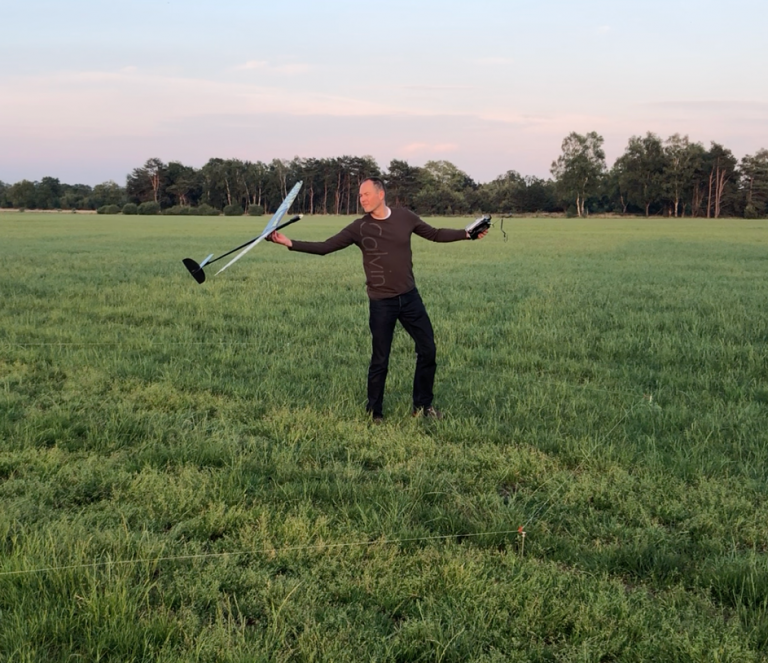
Launch rules:
- Any launch starts with the plane being on the ground in the pilot area
- The altis is activated with the plane still on the ground to set the zero meter offset correct
- The person who launches the plane must stand still just before the launch, standing on two feet placed parallel, holding the plane above the head, before making any movements to launch the plane. The motor needs to be running before releasing the plane. Not following any of these rules results in a penalty of 100 points.
- A helper may launch the plane for the pilot
- The maximum launch altitude and maximum motor run time is according the “Nominal Launch Height” specifications. See Nominal Launch Height table.
- Exceeding the motor run time will result in an invalid flight.
- Motor restarts within a flight after the initial climb are prohibited, and will result in an invalid flight
- Any launch after the maximum number of flights is already achieved, results in a penalty of 100 points.
- While retrieving the model, it is not permissible to fly it back to the start and landing field. It will be considered as a new launch, outside of the Pilot Area, and will result in an invalid flight.
- The pilot must retrieve the plane in safe way, without obstructing other pilots that are starting or landing. A penalty of 100 points is given if the CD or official timer is of the opinion these rules are not respected.
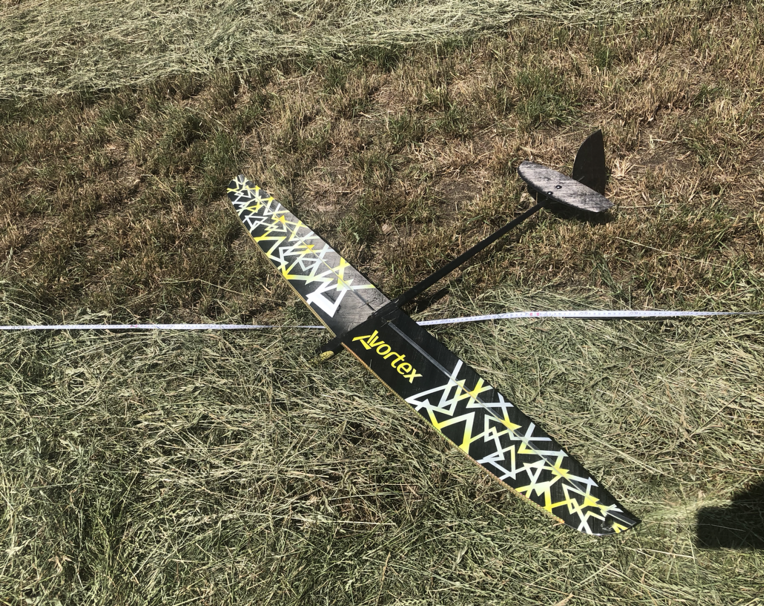
Landing rules:
- It is not permittedto catch a plane for a landing, all flights must conclude with a ground landing. This includes the landings between flights as well as the final landing of the last flight of the task. If a pilot or his helper touches the plane, the flight is assumed to continue until the plane has landed on the ground and has come to a complete stop, and a penalty of 100 points is given.
- Each pilot-helper team will have one specific “Pilot Area” that he or she can move around in, but not go out of during the flight, unless the line of site cannot be maintained due to obstructions or other pilots. Not following this rule will result in a penalty of 100 points.
- During the landingit is permitted for the pilot to stand outside the Launch- and Landings area. The pilots need to go back in the Launch / Landings area in case the plane catches a thermal during the landing and the plane thermals her way up.
- At the end of each task the plane must land within the Pilot Area boundary.
- Landing outside the Pilots Area but within the flying field results in a 10 points penalty per landing.
- Landing outside the flying field will result in an invalid flight.
- If any part of the plane is inside a boundary, it is considered to have landed inside the boundary.
- If the plane has landed outside the Pilot Area assigned to the pilot, and needs to be picked up, the pilot or helper may only leave the landing area after the aircraft has landed. Not doing so will result in a penalty of 100 points.
- An invalid flight scores zero points, apart from any penalties given.
- All penalties are cumulative
Author: Brian van der Gouw
